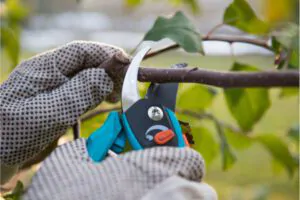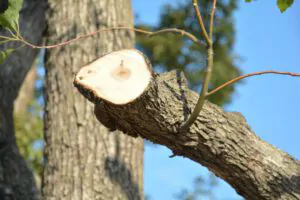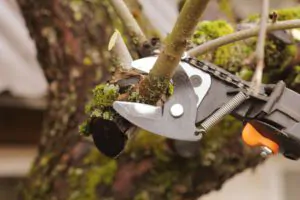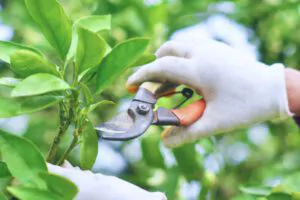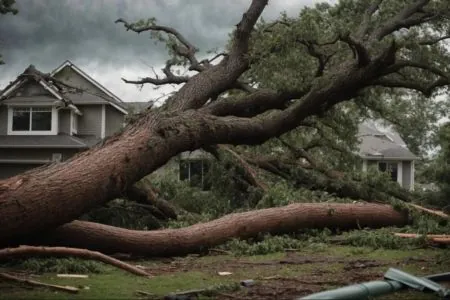Skip to contenttree care, lawn, arborist, pruning, shrub, landscape, tree stump, mulch, fertilizer, crane, tree services, count, tree removal services, tree service company, emergency tree service, free quote, tree service, lawn care services, tree services tree, emergency tree services, tree removal near me, arborist near me, tree trimming near me, tree cutting service, tree cutting service near me, tree surgeon near me, tree doctor near me, tree trimming service near me, tree removal, tree trimming, tree removal service, tree trimming service, tree company, health care, wood, soil, tree planting, leaf, ecosystem, pest, customer, insect, emergency, debris, environmental issues, disease, beauty, email address, vegetation, wildlife, utility companies, expert tree, reliable tree service, preventative care, tree care company, vegetation management, commercial tree care, tree removal tree, tree care services, lawn care, isa certified arborists, professional tree service, tree stump removal, stump grinding near me, stump removal, stump grinding, land clearing, tree pruning, construction, emergency service, ecological restoration, roof, mold, south shore, flood, water damage, cape cod, zip code, accessibility, plymouth, mildew, basement, carpet, fire damage, damage restoration, disaster restoration, hvac cleaning, water damage restoration, restoration services, customer service, odor, sewage, leak, policy, property, floor, vandalism, ceiling, storm, restoration, emergency services, email protected, disaster, natural disaster, home insurance, injury, accident, liability insurance, professional liability insurance, personal injury protection, vehicle insurance, personal injury, life insurance, plymouth rock, property insurance, property damage, legal liability, vehicle, insurance policy, deductible, auto insurance, owner, car insurance rates, massachusetts auto insurance, bodily injury, auto insurance coverage, insurance in massachusetts, insurance company, insurance coverage, liability, liquor liability insurance, massachusetts car insurance, insurance agents, insurance boat insurance, auto insurance home, massachusetts insurance, insurance requirements, liberty mutual, car insurance coverage, expense, risk, fee, license, health insurance, massachusetts department of transportation, damages, roadside assistance, product liability, new hampshire, motor vehicle, fault, underwriting, coverage, plymouth rock assurance, passenger, mobile app
What type of insurance does a tree service need?
Tree services need liability insurance and workers' compensation insurance. Liability insurance protects against property damage or injuries during tree work, while workers' compensation covers employee injuries on the job to ensure safety and compliance.
Are contractors insured for tree services?
Contractors for tree services are typically required to have insurance. This coverage protects both the workers and property owners from potential damages or accidents that may occur during tree care operations. Always verify insurance before hiring a contractor.
What insurance should a tree service have?
Tree services should have liability insurance and worker’s compensation insurance. Liability insurance protects clients from damages caused during tree work, while worker’s compensation covers employee injuries on the job, ensuring a safe and trustworthy service.
Are tree removal companies insured?
Tree removal companies are typically insured to protect both their employees and clients. This insurance coverage helps ensure that any potential damages or accidents during the tree removal process are addressed, providing peace of mind for customers.
Are tree removal services licensed in TX?
Tree removal services in Texas are not specifically licensed; however, they must adhere to local regulations and codes. Always check for any required permits and insurance to ensure you hire a qualified professional.
Who is responsible for tree damage in Massachusetts?
In Massachusetts, the property owner is generally responsible for tree damage on their land. However, liability may vary if the tree was deemed hazardous or if damage occurs due to another party's negligence.
What are typical insurance requirements for tree services?
Typical insurance requirements for tree services include general liability insurance, workers' compensation, and commercial auto insurance. This coverage protects both the company and its clients from potential accidents, injuries, and damages during tree maintenance or removal.
How does insurance protect tree service companies?
Insurance protects tree service companies by covering potential liabilities, damages, and accidents that may occur during operations. This safeguards the business from financial losses and legal claims, ensuring continued service and employee safety.
What coverage is essential for tree contractors?
Essential coverage for tree contractors includes liability insurance to protect against property damage, workers' compensation for on-site injuries, and equipment insurance to cover loss or damage to tools and machinery used in their work.
Are there specific policies for tree removal companies?
Specific policies for tree removal companies often include local regulations, environmental protections, and safety standards. These policies ensure tree removal is conducted responsibly and in compliance with applicable laws. Always check with your local service provider for specific guidelines.
How to find affordable tree service insurance?
Finding affordable tree service insurance involves researching various providers, comparing quotes, and evaluating coverage options tailored to the specific needs of your tree care business. Consider seeking advice from industry associations for recommendations.
What risks do tree services face without insurance?
Tree services face significant risks without insurance, including financial liability for accidents, damage to property, injuries to workers or the public, and potential legal fees, which could jeopardize their business and reputation.
Can tree services operate without a license?
Tree services cannot operate without a license. Operating licensed ensures that companies adhere to safety regulations and industry standards, providing customers with reliable and professional care for their trees.
Which licenses are required for tree removal in Texas?
The licenses required for tree removal in Texas primarily depend on local regulations. Generally, no statewide license is needed, but some cities may require permits or specific certifications for tree removal. Always check with local authorities before proceeding.
What liability insurance do tree services need?
Tree services need general liability insurance, which covers property damage and bodily injury that may occur during their operations. Additional coverage for worker’s compensation is also essential to protect employees in case of accidents on the job.
How often should tree service insurance be reviewed?
Tree service insurance should be reviewed annually or whenever significant changes occur in your business operations, such as acquiring new equipment or expanding services. Regular reviews ensure that your coverage remains adequate and up-to-date.
What factors affect tree service insurance premiums?
The factors that affect tree service insurance premiums include the type of services offered, the level of risk involved, the company's claims history, employee training, equipment used, and the geographical area serviced.
What insurance covers accidents during tree trimming?
Insurance that typically covers accidents during tree trimming includes general liability insurance, workers' compensation, and professional liability insurance. It's essential for tree service providers to have this coverage to protect against potential injuries or damages.
Are subcontractors covered under tree service policies?
The coverage of subcontractors under tree service policies depends on the specific insurance arrangements of the primary contractor. Typically, if subcontractors are used, it's essential to verify their coverage to ensure liability and protection for all parties involved.
What claims are common for tree service insurance?
Common claims for tree service insurance include property damage caused by falling trees, personal injury to workers or bystanders, and equipment damage. These claims ensure that tree service companies are protected from liabilities during operations.
How does workers compensation apply to tree services?
Workers' compensation applies to tree services by providing financial protection for workers who may sustain injuries while performing tree-related tasks. This coverage ensures that employees receive medical benefits and lost wages due to work-related incidents, promoting a safer work environment.
What is the process for filing a tree service claim?
The process for filing a tree service claim involves contacting your insurance provider to report the incident, gathering necessary documentation such as photos and estimates from Shore Tree Service, and completing any required claim forms.
Are there special insurance requirements for tree planting?
Special insurance requirements for tree planting are generally dictated by local regulations and the scale of the project. It’s advisable to consult with a licensed arborist or contractor to ensure compliance and adequate coverage.
What documentation is needed for tree service licensing?
The documentation needed for tree service licensing typically includes proof of insurance, a business license, and any relevant certifications or training records for tree care operations. Specific requirements may vary by state or municipality.
How can tree services prove liability insurance coverage?
Tree services can prove liability insurance coverage by providing a valid insurance certificate upon request. This document outlines the coverage details and confirms that the company is adequately insured against potential damages or injuries during their operations.
What are the consequences of unlicensed tree services?
The consequences of unlicensed tree services can be significant, including potential damage to property, lack of insurance coverage for accidents, and subpar work quality, resulting in higher costs for remediation.
What insurance tips do tree services need to know?
Tree services need to know essential insurance tips to protect their business and clients. It’s crucial to obtain general liability and workers' compensation insurance, ensuring coverage for accidents and damages during tree work activities.
Can tree services insure their equipment and tools?
Tree services can indeed insure their equipment and tools. This insurance helps protect against losses due to theft, damage, or accidents, ensuring that the business remains operational and financially stable.
Are tree damage claims covered by service insurance?
Tree damage claims can be covered by service insurance, depending on the policy specifics. It's essential to check with your insurance provider to understand your coverage for tree-related damages.
What role does state law play in tree service licensing?
State law plays a crucial role in tree service licensing by establishing the legal requirements and standards that companies must meet to operate. This ensures that tree service providers are qualified, follow safety regulations, and protect the environment.
tree service near me, tree service quincy ma, tree service insurance massachusetts, tree removal south shore, tree removal quincy ma, tree services milton ma, tree service brockton ma, tree service milton ma, tree service south shore, south shore tree removal, tree removal dorchester ma, tree removal milton ma
